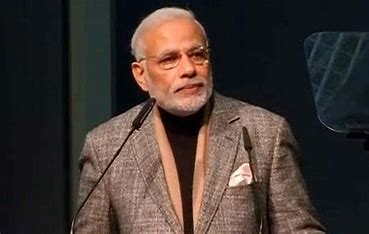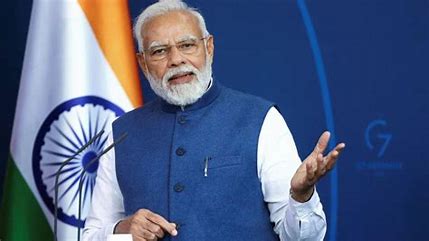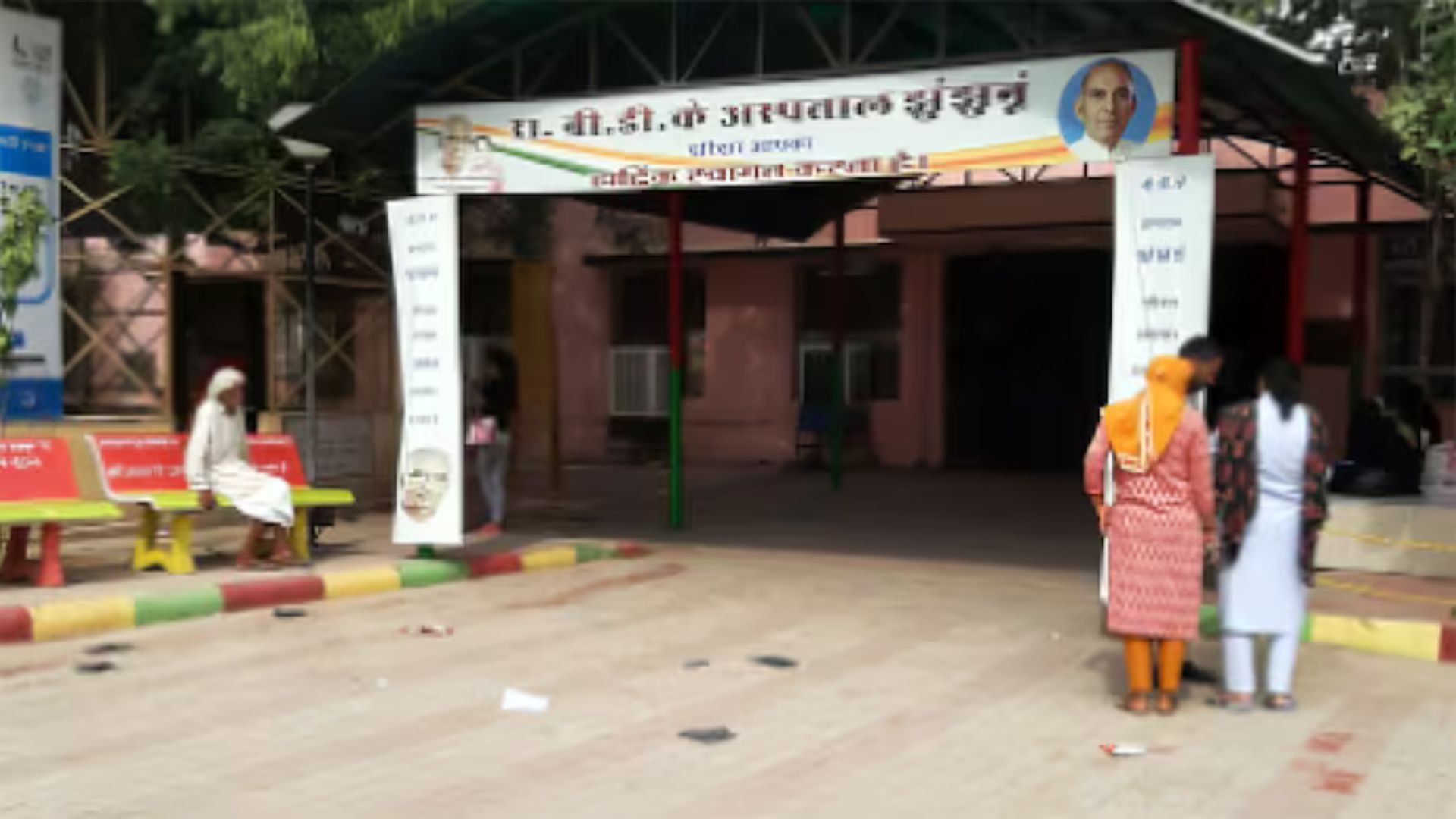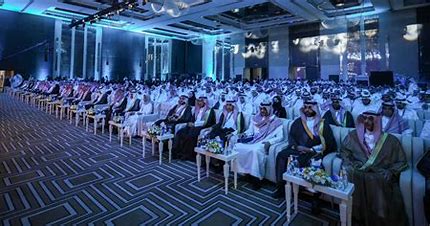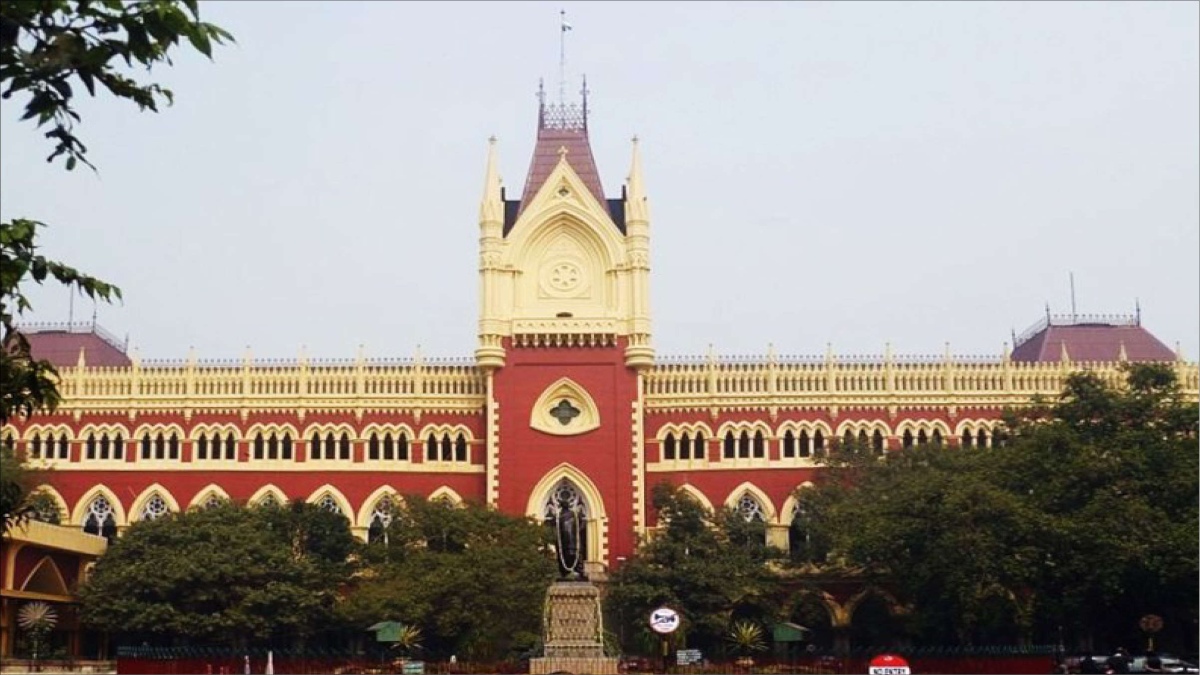
While adhering to morality of the highest standards, the Calcutta High Court in a learned, laudable, landmark and latest judgment titled Prabir Bhuiyan alias Prabir Bhuinyan Vs The State of West Bengal in CRA 517 of 2017 that was heard on December 9 and then finally pronounced on December 16, 23021 has upheld a conviction under the Protection of Children from Sexual Offences (POCSO) Act despite minor discrepancies in the evidence of the minor girl, reasoning that a survivor is the best judge of the incident. It must be mentioned here that Justice Bibek Chaudhuri while hearing an appeal from an order where a Special Judge had convicted the stepfather of a minor girl under Section 8 (sexual assault of a minor) of the Act said that “the Court must always be alive to consider the incident of sexual act from victim’s perspective.” There can be just no denying it!
To start with, the ball is set rolling in para 1 of this learned judgment authored by a single Judge Bench of Justice Bibek Chaudhuri of the Calcutta High Court wherein it is postulated that, “Sexual perversity is not only a personal disease, but also a social menace. The act itself is not merely a solitary harrowing experience of the victim. The trauma and the ensuing stigmatization pervades every aspect of her social life. The effect of trauma and insecurity in the mind of the victim are more pervading when she is sexually harassed and assaulted by her stepfather.”
To recapitulate, the Bench then puts forth in para 2 that, “The defacto complainant lost her first husband in an accident. While she was staying with her two children, the elder one, a girl child and younger one is a boy, she had an acquaintance with one Prabir Bhuia, the appellant herein. In course of time the appellant and the defacto complainant developed a love relations his and she married to the appellant for the second time. After marriage she started staying with the appellant with her children from her first marriage.”
To put things in perspective, the Bench then envisages in para 3 that, “Sometimes during Durga Puja days in 2014 her daughter told her that during midnight when everybody was sleeping the appellant touched several sensitive parts of her body inappropriately. Hearing this a hot altercation ensued between the defacto complainant and the appellant and during such altercation she was severely beaten by the appellant. However, the matter was solved when the appellant had sought for apology. On 29th November, 2014 the defacto complainant noticed that her husband was sleeping on the adjacent room where her daughter used to sleep by the side of her daughter keeping his hand on her body. She asked her daughter about the incident when she told that she wanted to sleep with her mother but the appellant forcibly seized her and resisted her from going to the bed of her mother. Over the said incident there was quarrel between the defacto complainant and her husband for a week. Again on 6th December, 2014 the appellant knocked at the door of the room of the daughter of the defacto complainant where she was sleeping The daughter of the defacto complainant used to sleep in the said adjacent room closing the door from the inside on being directed by the defacto complainant. He also called the daughter of the defacto complainant over phone repeatedly. Then he tried to take the mobile phone of his wife from below of her pillow. When she resisted the appellant assaulted her severely. Defacto complainant raised hue and cry and hearing her cry the daughter of the defacto complainant opened the door and came out of her room. The appellant was about to proceed towards her. The defacto complainant somehow entered into the room of her daughter and closed the door from inside.”
As it turned out, the Bench then points out in para 4 that, “On the basis of the said complaint police registered Uttar Para P.S Case No.426 of 2014 dated 7th December, 2014 under Section 7 and 12 of the POCSO Act and took up the case for investigation.”
As we see, the Bench then observes in para 5 that, “On completion of investigation police submitted charge-sheet against the appellant before the learned Special Judge under POCSO Act, Hooghly. The learned Special Judge on perusal of the charge-sheet and other related documents frame charged against the appellant under Section 354 and Section 325 of the Indian Penal Code and Section 8 of the Protection of Children From Sexual Offences Act. As the accused pleaded not guilty, trial of the case commenced.”
Furthermore, the Bench then enunciates in para 6 that, “During trial, prosecution examined seven witnesses. Amongst them PW1 is the daughter of the defacto complainant. PW2 is the learned Judicial Magistrate, 3rd Court at Srirampur who recorded the statement of the victim girl and the defacto complainant under Section 164 of the Code of Criminal Procedure. PW3 is the defacto complainant and PW6 and PW7 are the Police Officers. PW4 Debasish Pal and PW5 Sailen Pal are the residents of 20 B.B Street, Bhadrakali. They were cited as witnesses on behalf of the prosecution but during their evidence they did not support the prosecution case and were declared hostile.”
Going ahead, the Bench then discloses in para 7 that, “The learned Special Judge under POCSO Act convicted the appellant for committing offence under Section 8 of the POCSO Act and sentenced to suffer imprisonment for five years with fine and default clause.”
Needless to state, the Bench then brings out in para 8 that, “The said judgment and order of conviction and sentence dated 7th July, 2017 is under challenge in the instant appeal.”
Going forward, the Bench then states in para 9 that, “At the very beginning of the hearing of the instant appeal a question arose if the defacto complainant or the victim is a necessary party to an appeal under Section 374 from conviction. The above question is conclusively decided by the Division Bench of this Court proceeded over by the Hon’ble Chief Justice Thottathil B. Radhakrishnan (as his Lordship then was) in CRA 228 of 2020 with CRA 26 of 2021 in the judgment dated 6th April, 2021.”
Adding more, the Bench then observes in para 10 that, “It is held in the aforesaid judgment that the victim is not a necessary party to a criminal appeal from conviction for offences against women or child punishable under the provision of IPC or POCSO Act or any other penal provision which will apply in relation to offence affecting human body against any “woman” and or “child”. No such appeal would be defective in the absence of impleadment of victim.”
While elaborating, the Bench then brings out in para 12 that, “PW1, the victim of the alleged incident stated in her evidence that at the relevant period of occurrence she used to reside at premises No.20 BB Street, Hindmotor with her mother, younger brother and stepfather Prabir Bhuia, appellant herein. Initially the appellant was very cordial to her and she used to behave well with her but after registration of marriage between the appellant and her mother, attitude of the appellant towards her gradually started changing. The appellant on different pleas used to touch various parts of her body including breast, face and other parts. She did not like such attitude of the appellant. One day in the month of August, she and her brother were sleeping in the room with her parents. Sometimes in the midnight she felt that someone was touching her body. She woke up from sleep and saw that her father was about to touch her breast. She removed his hand and got up from the bed. Her mother and brother were in deep sleep at that time. Subsequently also, he touched various parts of her body and asked her not to tell such fact to her mother. When she found that all such inappropriate act and behaviour of her stepfather was continuing, she disclosed the incident to her mother. A quarrel broke out between them and her mother instructed her to sleep in another room closing the door. On the immersion day of Durga Puja of 2014 the appellant assaulted the defacto complainant over the said issue and there was furious quarrel between them. Since then the victim started to sleep in her room opening the door. On 29th November, 2014 at midnight she suddenly woke up from her sleep and found her stepfather sleeping beside her. He hugged her like a side pillow and touched her hip. She tried to leave the bed to go to her mother but the appellant restrained her by pressing her against bed. Then she raised an alarm which attracted her mother. She rushed to her room and there was a quarrel between mother and the appellant. Her mother again instructed her to sleep in her room closing the door from inside and not to open the door until she was called by her mother over phone.”
Quite revealingly, the Bench then also states in para 13 that, “In her statement recorded under Section 164 of the Code of Criminal Procedure she stated that her stepfather used to touch different parts of the body inappropriate and indecent manner since quite some days before Puja Vacation. She informed the matter to her mother and the appellant stopped touching her indecently for some time. However, one day at midnight she suddenly woke up from sleep and found her stepfather lying beside her and keeping one hand on her back. She tried to leave and go to her mother but the appellant forced her to lie down by his side. In the mean time her mother came to the room, made her free from the clutches of the appellant. Her mother instructed her to sleep in her room closing the door and not to open the door before receiving call from her mother. Some days after at night, she woke up from her sleep and saw that her stepfather was assaulting her mother severely. Her mother somehow saved herself and took shelter in her room. Then the appellant called her over phone repeatedly but she did not open the door.”
Be it noted, the Bench then plainly states in para 20 that, “In a criminal trial, the previous statement of a witness can be used by the accused for the limited purpose mentioned in Section 162 of the Code of Criminal Procedure as provided for in Section 145 of the Evidence Act. Therefore, on a reading of Section 162 of the Code of Criminal Procedure bearing in mind the object of the said section and Section 145 of the Evidence Act, it is clear that an accused in a criminal trial has the right to make use of the previous statements of a witness including the statements recorded by the investigating agency during the course of investigation for the purpose of establishing a contradiction in the evidence of a witness or to discredit the witness. A former statement, though seemingly inconsistent with the evidence need not necessarily be sufficient to amount to contradiction. Only such of the inconsistent statement which is liable to be contradicted would affect the credit of the witness. Section 145 of the Evidence Act also enables the cross-examiner to use any former statement of the witness, but it cautions that if it intended to “contradict” the witness the cross-examiner is enjoined to comply with the formality prescribed therein. Section 162 of the Code of Criminal Procedure also permits the cross-examiner to use the previous statement of the witness (recorded under Section 161 of the code) for the only limited purpose, i.e., to “contradict” the witness. It will not be out of place to mention that discrepancy has to be distinguished from contradiction. Whereas contradiction in the statement of the witness is fatal for the case, minor discrepancy or variance in evidence will not make the prosecution’s case doubtful. The normal course of human conduct would be that while narrating the particular incident, there may occur minor discrepancies, such discrepancies may render credential to the depositions. Parrot like statements are disfavoured by the Courts. In order to ascertain as to whether the discrepancy pointed out was minor or not or the same amounted to contradiction, regard is required to be had to the circumstances of the case by keeping in view the social status of the witnesses and the environment in which such witness was making the statement.”
In this context, the Bench then also added in para 21 that, “In the instant case the statement of the victim girl in all stages of investigation and trial was consistent on one aspect that the appellant being his stepfather used to touch inappropriately different parts of her body. The mother of the defacto complainant in the FIR stated that the appellant used to touch sensitive parts of her body. The victim in her evidence stated that the appellant tired to touch her breast and other parts of the body. There may be some discrepancy with regard to description of the parts of body where she had experienced indecent touch of the appellant, but she is consistent in her evidence that the appellant touched her body inappropriately and on another occasion he surreptitiously slept by the side of the victim and touched her back inappropriately.”
It is worth noting that the Bench then minces no words to hold in para 23 that, “Thus, though there are minor discrepancies in the evidence of the victim such discrepancies cannot be held to be material contradictions affect the credit of the witness. The evidence of the victim was corroborated by her mother, defacto complainant. The victim stated in most clear terms that her stepfather used to touch her different parts of body inappropriately. This Court has no reason to disbelieve the evidence of the victim and her mother.”
What’s more, the Bench then also held in para 33 that, “Thus, considering entire facts and circumstances of the case, I do not find any reason to interfere with the findings made by the learned trial judge in the instant appeal.”
It cannot be glossed over that the Bench then also notes in para 36 that, “Before I part with I am constrained to state a very disturbing feature on record which is inconsistent with the statute and series of judgments delivered by the Hon’ble Supreme Court. Sub-Section (7) of Section 37 of the POCSO Act states:-
“The Special Court was ensure that the identity of the child is not disclosed at any time during the course of investigation or trial:
Provided that for reasons to be recorded in writing, the special court may permit such disclosure if in its opinion such disclosure is in the interest of child.””
Interestingly enough, the Bench then pointed out in para 40 that, “Subsequently in Ravishankar Alias Baba Vishwakarma vs. State of Madhya Pradesh reported in (2019) 9 SCC 689, the Hon’ble Supreme Court was pleased to hold that the mandate of not disclosing identities of the victims of sexual offences should be followed by al courts including the Supreme Court. Keeping in view the social object of preventing social victimization or ostracisms of the victim of a sexual offence for which Section 228-A has been enacted, it would be appropriate that in the judgments, be it of High Court or lower Court, the name of the victim should not be indicated. We have chosen to describe her as ‘victim’ in the judgment.”
Finally and far most significantly, the Bench then held in para 43 that, “Therefore, in addition to solemn guidelines of the Hon’ble Supreme Court in the aforementioned cases, this Court is of the view that the following guidelines are to be issued for effective compliance of Section 33(7) of the POCSO Act:-
i. The Officer-in-Charge of every police station shall ensure that in the written complaint the name of the victim girl shall not be stated. The victim girl shall be identified by her age, her father’s name and other particulars sufficient to identify the victim during investigation without disclosing her name.
ii. In the formal FIR and charge-sheet the name of victim girl shall not be stated by the Investigating Officer. On the other hand, she shall be described as “victim”.
iii. In the column of witnesses in the charge-sheet the victim girl shall not be referred to by her name but as “victim.”
iv. In her statement recorded under Section 161 of the Code of Criminal Procedure, the Investigating Officer shall not record the name of the victim. The said statement shall be referred to as “statement of the victim”.
v. Similarly, while recording the statement of the victim under Section 164 of the Code of Criminal Procedure, the learned Judicial Magistrate shall not record her name. On the other hand she shall record the statement as “the statement of the victim”.
vi. In order to identify the victim, she shall take help of the parents of the victim. He shall also endorse such identification of the victim by her parents at the top of the statement of the victim recorded under Section 164 of the Code of Criminal Procedure.
vii. The Judicial Magistrate shall obtain the signature or LTI of the victim on a separate page after her statement is read over and explained to the victim by him. The signature of the victim along with the certificate of the learned Magistrate in separate page shall be kept separately in a sealed cover and the learned Special Judge shall be entitled to open the said sealed envelop, if necessary during trial.
viii. In the deposition sheet of the victim girl, the learned Special Judge shall not record the name of the victim. He/she shall be identified as “victim” in the deposition sheet.
ix. The signature of the victim witness in her deposition shall be taken by the learned Special Judge in a separate sheet and the said sheet of paper with signature and certificate by the learned Special Judge shall be kept in the record in sealed envelop. The Appellate Court shall open the envelop case of the identity of the victim girl being made an issue.
x. In the judgment the name of the victim girl shall never be stated or recorded by the learned Special Judge.
xi. The Medical Officer shall not record the name of the victim girl in the Medical Examination Document. On the other hand, the victim girl shall be identified as the “victim” in Medical Examination Report. Similarly, in forensic report victim’s identity by taking her name is prohibited.”
No doubt, all the guidelines laid down by the Calcutta High Court in this leading case must be implemented in letter and spirit. Calcutta High Court has very rightly held that the victim is the best Judge of the incident. It also very rightly upheld POCSO conviction. No denying it!
Sanjeev Sirohi, Advocate.


